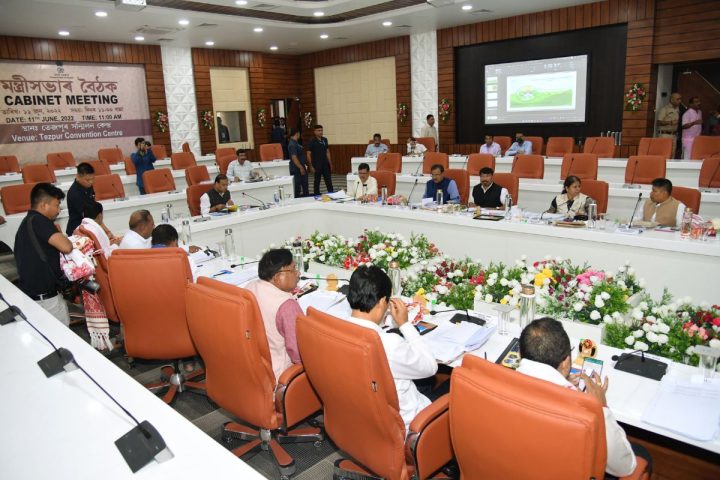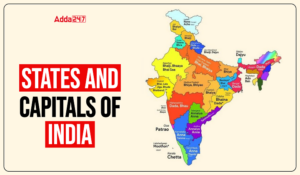In a significant move aimed at enhancing decentralization of governance and improving the convergence of line departments, the Assam cabinet has taken a bold step by creating four new districts that were previously abolished last year in December. With the addition of these new districts, Assam’s total district count will reach 35.
The decision comes in line with the ongoing delimitation process that has been initiated after the Election Commission’s (EC) decision to redefine Assembly and Parliamentary constituencies in Assam as per Section 8A of the RP Act, 1950. The newly formed districts are Hojai, Biswanath, Tamulpur, and Bajali.
Understanding Delimitation: Defining Boundaries for Electoral Constituencies
Delimitation stands as the process or course of action employed to establish boundaries or demarcations for territorial constituencies within a nation or province that maintains a legislative body.
Significance and Objectives of Delimitation
The process of delimitation serves vital purposes, namely:
Ensuring Equitable Representation: The primary objective of delimitation is to ensure that every segment of the population is fairly represented. By defining clear boundaries for electoral constituencies, this practice strives to provide equal representation to groups with similar population sizes.
Promoting Geographical Fairness: Delimitation aims to achieve a balanced distribution of geographical areas. This effort prevents any particular political party from gaining an unjust advantage over others due to skewed territorial boundaries.
As a result, delimitation contributes to the establishment of a more democratic and just electoral system.
Reshaping Administrative Boundaries: A Focus on Delimitation
Under this new framework, Hojai district has been established, encompassing the Binnakandi, Lumding, and Hojai legislative assembly constituencies (LACs). The district’s headquarters will be situated in Shankardev Nagar. Similarly, the Biswanath district will comprise the Biswanath, Gohpur, and Behali legislative assembly constituencies.
The strategic reorganization continues with the merging of Tamulpur and Goreshwar LACs, resulting in the formation of the new Tamulpur district. Additionally, the Bajali and Bhawanipur-Sorbhog LACs will come together to constitute the new Bajali district. This reshaping of administrative divisions seeks to promote efficient governance and improved public service delivery.
Evolution of Administrative Structure: Farewell to Sub-Divisions
One of the groundbreaking aspects of this decision is the overhaul of the administrative structure. Chief Minister Sarma announced the abolishment of 24 civil sub-divisions, ushering in a new era where sub-divisions will be replaced by circles and sub-districts within each district. These sub-districts will be headed by additional district commissioners and will house all the pertinent government departments.
This transformation is expected to foster better coordination among various departments and streamline governance processes. The shift from sub-divisions to sub-districts aligns with the government’s vision of creating a more decentralized and responsive administrative framework.
Operationalization and Next Steps
While the new sub-districts are slated to become operational from January 1, 2024, Chief Minister Sarma announced that the official notifications regarding their creation will be issued in the coming days. This proactive approach demonstrates the government’s commitment to timely implementation and smooth transitioning.
Key takeaways for competitive examinations
- Chief Minister of Assam: Himanta Biswa Sarma







 States and Capitals - How Many States in...
States and Capitals - How Many States in...
 Top-5 Tomatoes Producing Countries in th...
Top-5 Tomatoes Producing Countries in th...
 Top-5 Cranberry Producing Countries in t...
Top-5 Cranberry Producing Countries in t...

